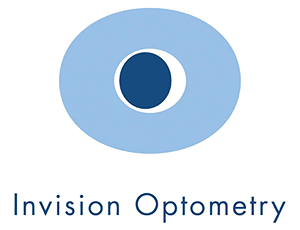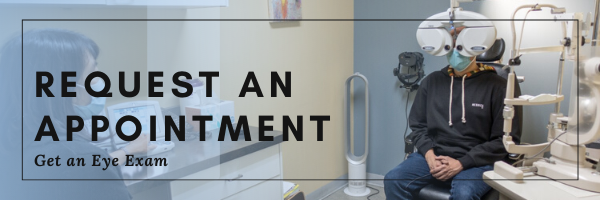About Your Eyes
Laser Vision Correction
Laser Vision Correction currently includes 3 procedures in the United States. All are refractive surgeries that involve the use of a laser to reshape the cornea. Cornea refractive procedures are minimally invasive since the cornea is the surface optical element of the eye.
Historically, the first successful cornea refractive surgery was radial keratotomy (RK). Free-hand radial incisions with a scalpel up to 90% of the corneas thickness scars the cornea around a central optical zone. The scar formation caused a shape change that corrected myopia. Later, tangential incisions showed a limited correction for astigmatism.
In the late 1980’s, the excimer (a portmanteau word combining excitation and polymer, describing the action of the laser’s ultraviolet action to material) laser showed success for cornea reshaping, and almost immediately supplanted radial keratotomy as the procedure of choice. LASER itself is an acronym: Light Amplification by Stimulated Emission of Radiation. The microelectronic industry first used the excimer laser for etching microchips.
Photorefractive keratectomy (PRK) was the first laser refractive procedure, reshaping the cornea surface by scar free tissue removal. Laser ablation by excitation of the tissue molecular structure which then polymerizes with a noble flushing gas leads to the vaporization of the cornea tissue. Inflammation leading to scar formation does not take place.
Though successful, PRK has the disadvantage of a large surface wound that must heal, with pain and blurred vision until wound closure is complete. Modern techniques with medication and bandage contact lenses are helpful.
Laser Assisted In-situ Keratomileusis, or LASIK, also utilizes the excimer laser applied to the subsurface cornea tissue. LASIK in its earliest iteration utilized a microkeratome, a mechanical bladed device,to shave the cornea tissue at a precise depth to create a hinged surface flap. The flap lays back over the surface reshaped by the excimer laser. LASIK quickly became the cornea refractive surgery of choice thanks to fast and comfortable recovery.
LASIK technology has advanced over the past 3 decades. In the middle 2000’s, the femtosecond laser to create the surface flap was the most significant improvement. A rapid series of very short pulses (femtosecond) of infrared laser focussed at a specific depth scans across the cornea, loosening a thin flap at the surface of the cornea.The shape and thickness of the laser created flap is much more precise than the microkeratome created flap. The use of the femtosecond laser led to the term “bladeless, or “all-laser” LASIK.
Refinement of excimer ablation pattern algorithms reduce optical distortions that the cornea refractive procedures might induce into the eye optics. The same changes also allow a wider range of prescription correction. With these refinements, LASIK remains the procedure of choice for most patients in the U.S.
In October 2018 the U.S. FDA approved SMall Incision Lenticule Extraction (SMILE) for cornea refractive surgery. The first successful SMILE procedure was in 2008. SMILE does not use the excimer laser. The femtosecond laser loosens a precisely calculated lens shaped layer of tissue (lenticule) in the middle depth of the cornea. The same laser creates a small incision for the manual removal of the lenticule by the surgeon. The void created by removing the lenticule collapses to create the refractive shape change. There is less surface disruption since the lenticule is deep in the cornea. For that advantage alone, SMILE will become the procedure of choice over LASIK for an increasing number of cases.
Points to remember about laser vision correction:
- Each procedure involves reshaping of the cornea by removal of tissue from the cornea, so there must be adequate cornea thickness for a given prescription.
- The shape of the eye makes a difference in the optical, and hence visual, outcome.
- Each procedure has merits and demerits and is successful and safe with correct individual considerations, and with the right surgeon.
- One should consider his or her expectations and definition of success.
Other refractive procedures
Refractive lens exchange: An implant replaces the natural lens of the eye. The same procedure as cataract surgery.
Implanted contact lens: a surgically placed contact lens over the front of the crystalline lens in the eye
Kamra inlay: a cornea inlay for presbyopia
We can discuss any of these refractive technologies further at your eye examination.

